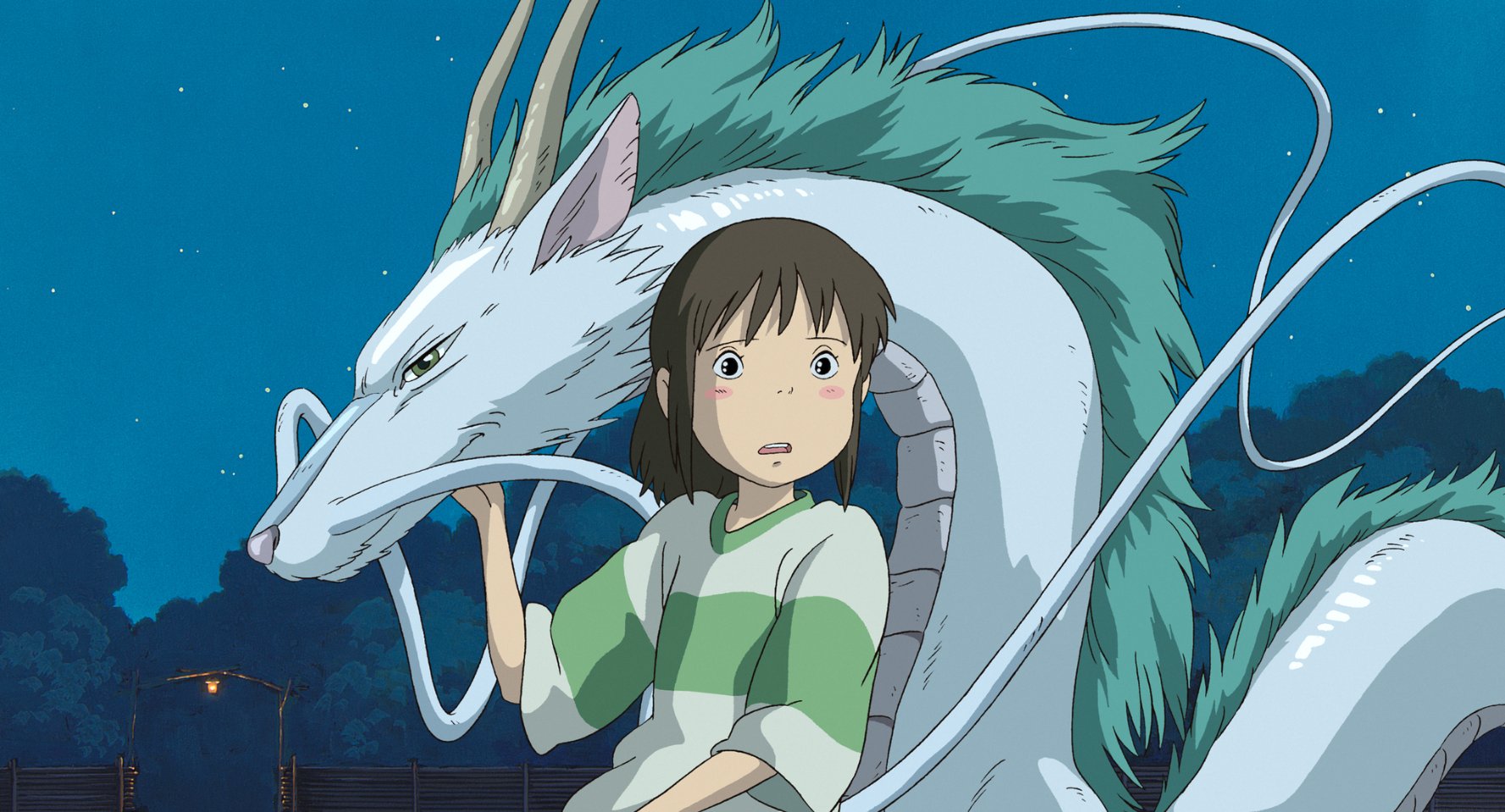
Hayao Miyazaki is one of the most renowned figures in the world of anime, and animation in general. In his capacities as director, producer, scriptwriter, animator, author, manga artist, and Studio Ghibli’s co-owner, he has shaped the field, and brought anime to the attention of the world audience as something more than a genre simply directed to teenagers.
“Spirited Away”, his magnum opus, became the highest grossing film in the history of Japanese cinema, and was the first anime to win an Oscar. In 2014, he was awarded an Honorary Academy Award for his impact in cinema and animation, being only the second Japanese person to win this award, after Akira Kurosawa.
Considered one of the greatest storytellers of our time, he has been presenting titles of artistry and depth since 1972, and although he’s currently semi-retired as a director, he remains very active in the field through Studio Ghibli.
Here are his 11 films, ranked from good to best.
11. The Castle of Cagliostro (1979)
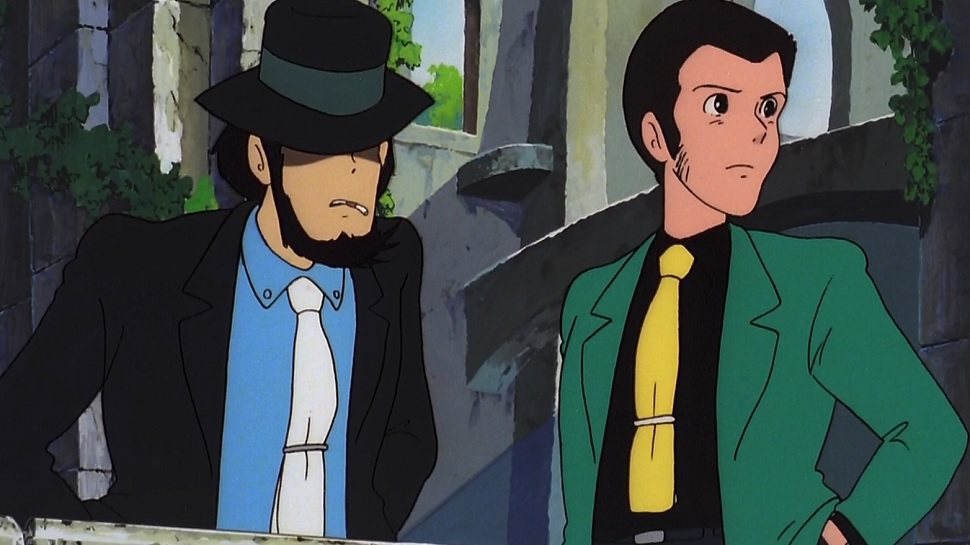
Miyazaki made his debut with an entry to the huge franchise of ‘Lupin III’, which is based upon the character of the master thief Arsène Lupin III. This particular character is the grandson of the original one, and along with his friends, Jigen and Goemon, travels all around the world looking for treasures and adventures. Policeman Zenigata is the one constantly after him.
The story of the film finds Lupin having just scored a huge robbery, that has left him with a billion dollars. However, soon he realizes that the money is forged and, after a while, he decides to visit the small country of Cagliostro, the source of the forged money.
Hayao Miyazaki directed a film filled with action, with gunshots, sword fights and car chases, similar to the ones appearing in Hollywood blockbusters. However, some glimpses of his unique style are still here, as is the detail in the drawings and the impressive animation, and the mixture of fantasy and reality.
10. Porco Rosso (1992)
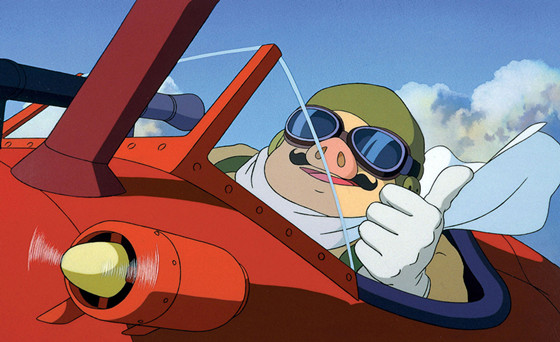
Marco Rossolini was one of the most famous pilots during World War I, although, at one point, he was cursed to look like a humanoid pig, and is currently known as Porco Rosso. He works as a bounty hunter over the Adriatic Sea, protecting ships from air pirates.
However, during a skirmish with a band of pirates and their own hired soldier, an American pilot named Curtis, Porco loses. After the fight, he has his plane repaired by Fio, the daughter of an old-time friend, and a woman who eventually becomes another point of friction between the two pilots.
Despite the fairy tale concept of Porco Rosso, the film is rather realistic, as it is placed in a specific historical and political context and in an actual area. The focus of the film is clearly anti-fascist, since the timeframe of the story collides with the rise of fascism that occurred after the end of World War I. This trait is eloquently expressed when Porco Rosso states: “I’d much rather be a pig than a fascist.”
At the same time, it implements a somewhat anti-American point of view, since the bombing of Yugoslavia was taking place at the time of the film’s shooting, an event that shocked and enraged Miyazaki deeply. This impact, however, ended up faulting the anime, to a degree at least. Years later, Miyazaki stated that the film went horribly wrong, since it started as one directed at kids, but through the events of the time became too serious.
9. Kiki’s Delivery Service (1989)
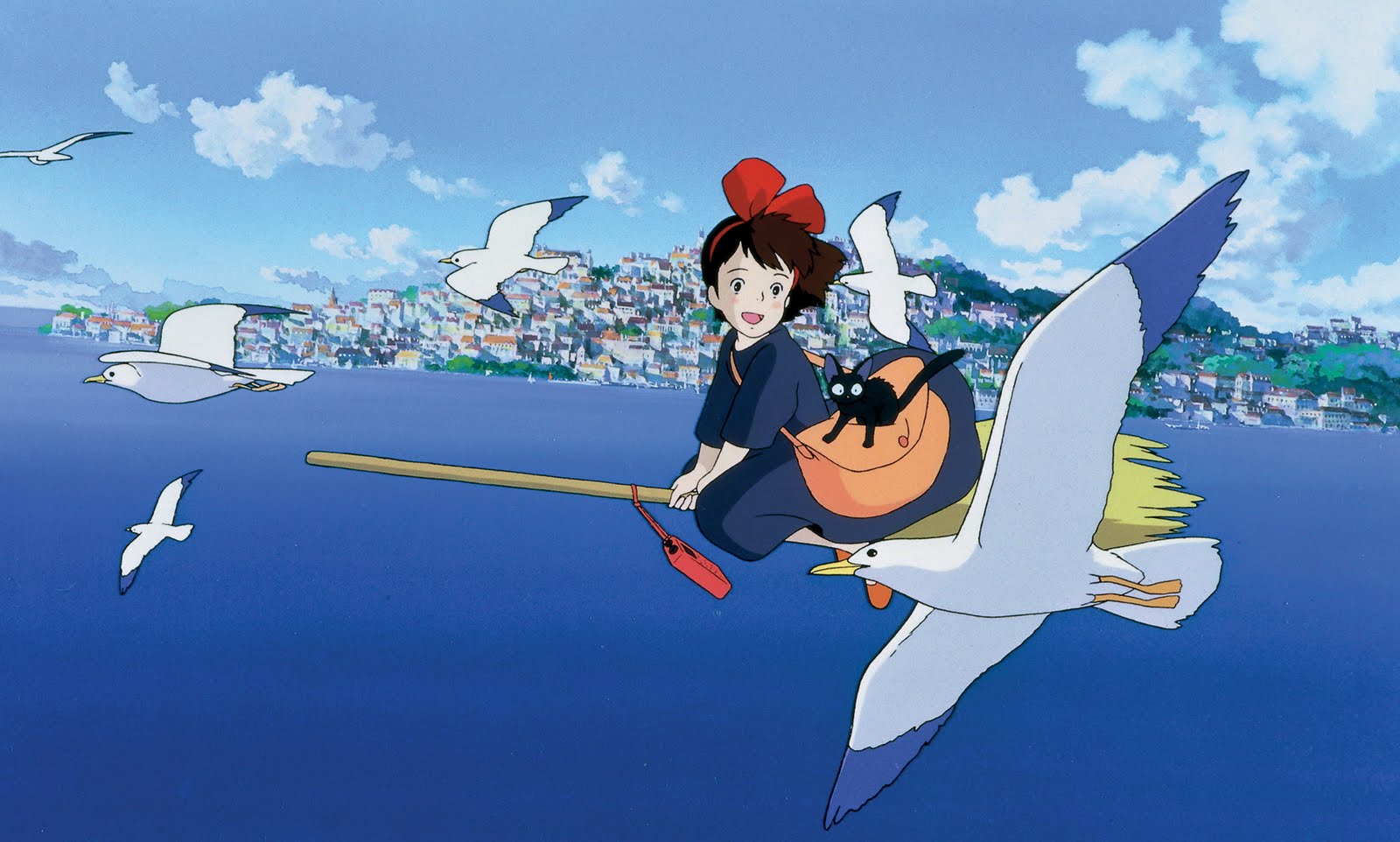
Kiki is a 13-year-old apprentice witch, who, as all witches at that age, must now live for a year on her own. However, the only magic she knows is to how to fly with her broomstick, and there are not many jobs she can take on with just that. Nevertheless, she eventually arrives at the seaside town of Koriko and decides to start a delivery service. Miyazaki once more created a completely new world, this time a 1950’s Europe where neither World War ever occurred, and filled it with charm and humor.
The anime falls under the slice-of-life genre, including a number of supernatural notions. Furthermore, the plot line is in the background, with the character development in the foreground. The artwork and animation are sublime as always, with the greatest technical asset being the attention to detail, both in the drawing of the characters and the surroundings.
8. Ponyo (2008)
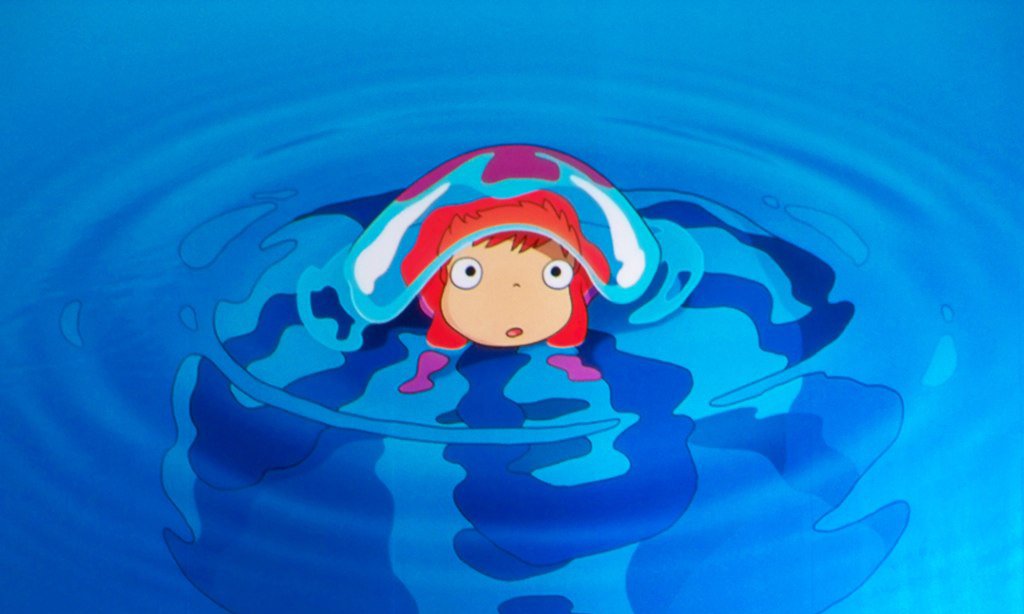
After the huge success of “Spirited Away”, Miyazaki had become an international box office sensation, and this film was a great testament to the fact, earning over $201 million worldwide and winning several awards, including the Japan Academy Prize for Animation of the Year.
Fujimoto, a once-human wizard/scientist, lives underwater along with his daughter, Brunhilde, and her numerous smaller sisters. During one of their trips in the sea, Brunhilde strays away, only to be trapped in a glass jar. The one who saves her is a five-year-old boy named Sosuke, who renames her Ponyo and promises to protect her forever. The meeting has a huge impact on Brunhilde/Ponyo, who decides she wants to become human.
Miyazaki directs a film that, once more, brings together fantasy and reality in order to present a number of positive notions to children, like solidarity and love for every living being. Through this concept, he presents his message regarding ecology. Using mostly traditional methods of animation, “Ponyo” is another visual masterpiece, through Miyazaki’s impervious technique.
7. My Neighbor Totoro (1988)
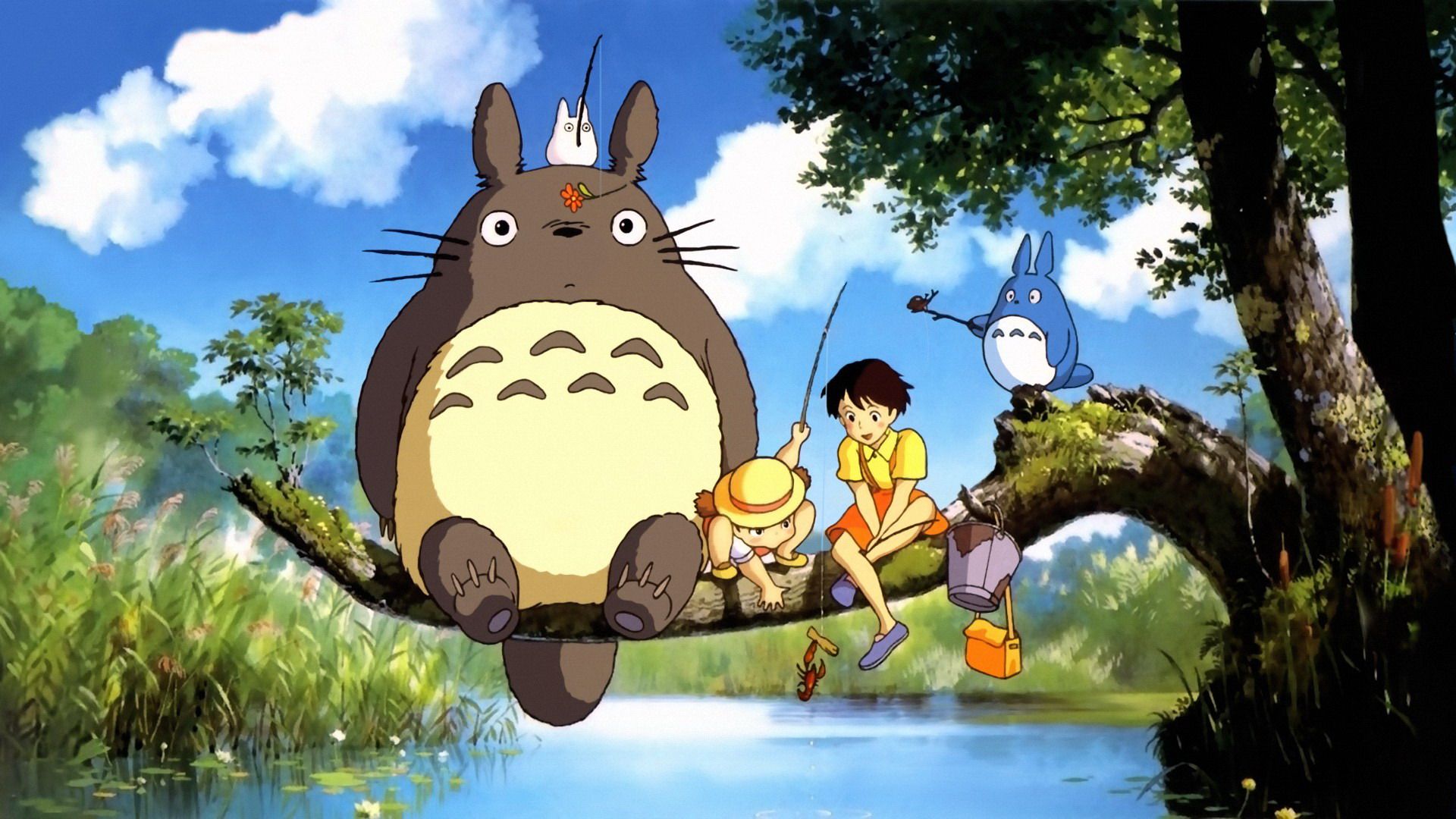
The story revolves around two sisters, Mei and Satsuki, who suffer from their mother’s lengthy stay in the hospital due to a long-term illness. Eventually, they discover another reality, which only they can witness. The one in charge is Totoro, an iniquitous creature that seems to live in a tree outside their house. The three of them together will shape an alternative, fascinating everyday life, although the pain for their mother’s suffering still remains.
Miyazaki creates a universe where childhood and its perspective of the world is the rule, incorporating moments of humor while retaining the sense of drama. What is left at the end is the value of the travels the three protagonists experience together.
The film won a number of awards in Japan, while the titular character, Totoro, became a cultural icon.